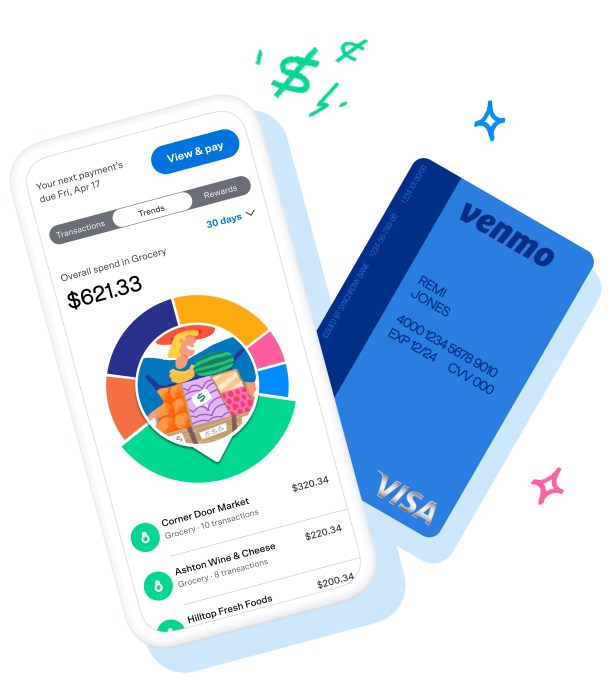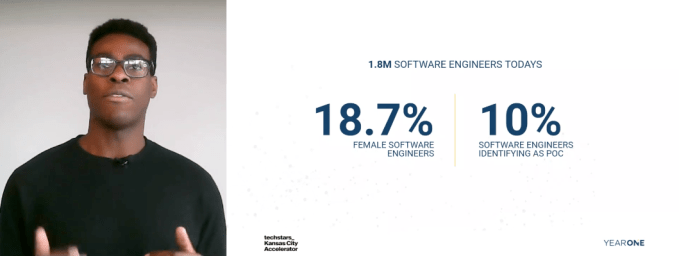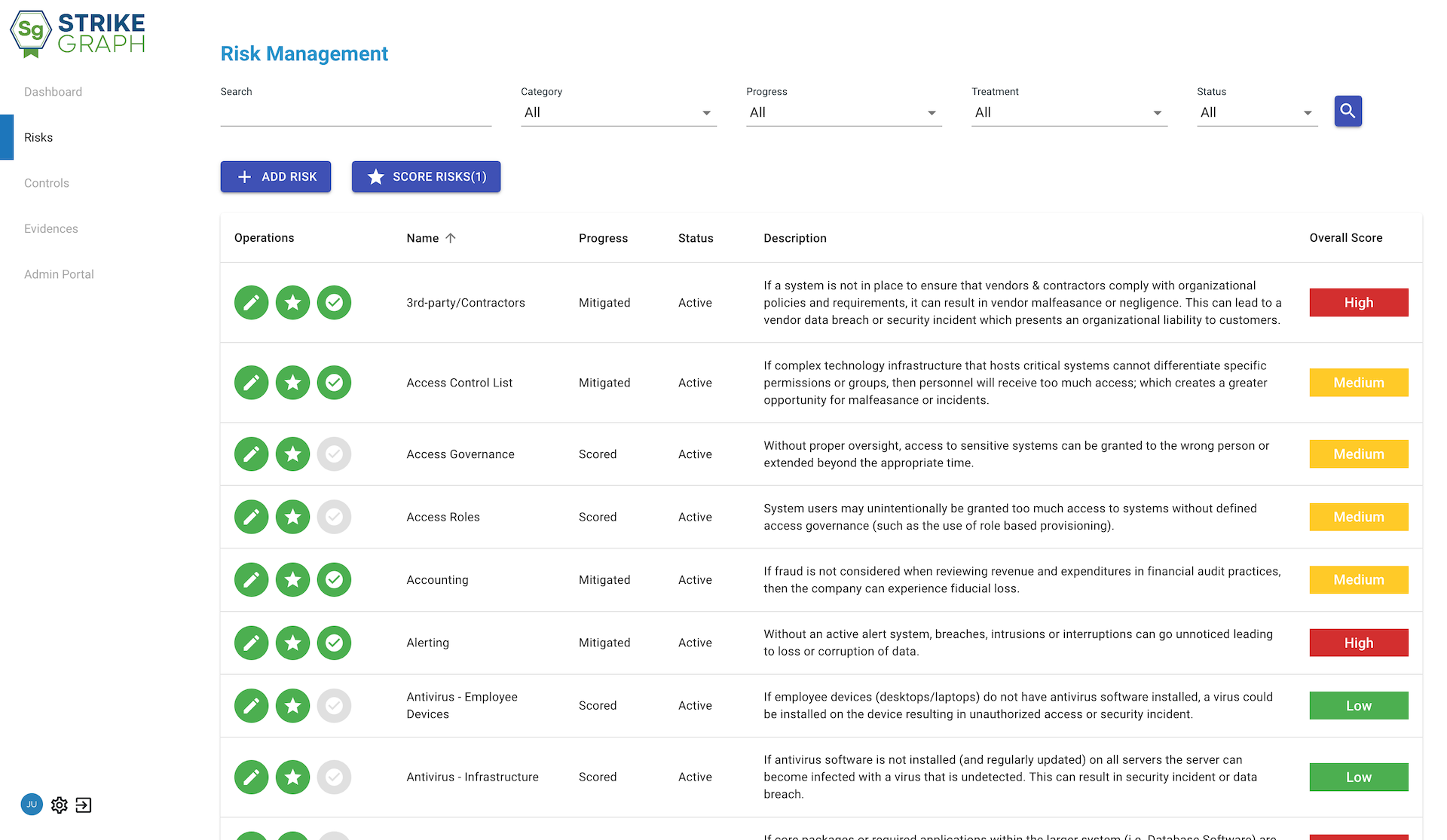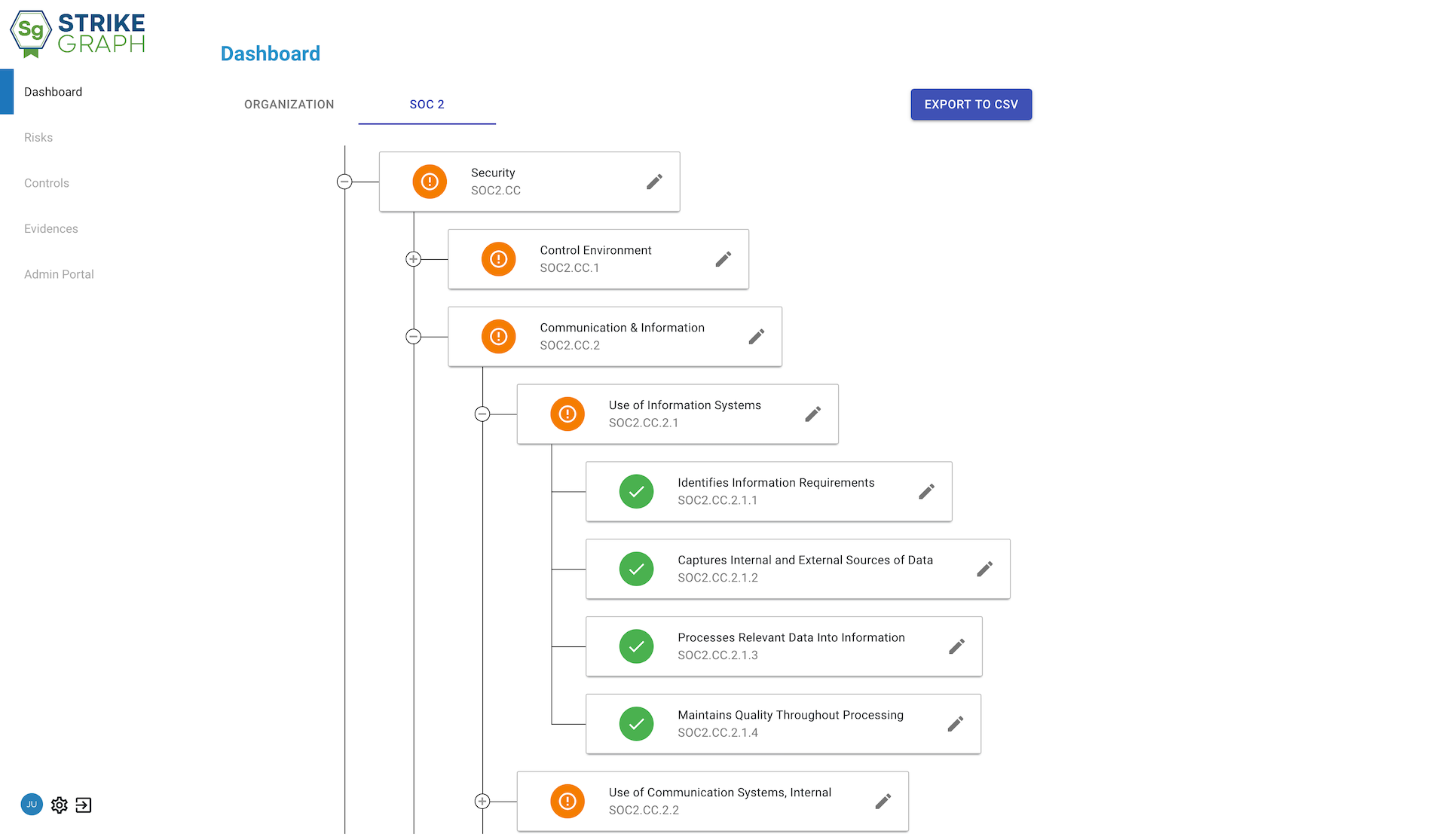Lorne Michaels is the showrunner, to use a binge term, for Saturday Night Live. The show returned for its first season under the watchful gaze of pandemic rule, and the results were thankfully successful. Last season struggled in the early days of the virus, turning into a Zoom-heavy series of audience-free college tries. We appreciated the effort, but not really the lack of comic relief. This time, things have changed.
Michaels has said he’s not sure whether the rigorous safety procedures will hold up for the next five weeks until the election. The possibility of having to shut down makes every moment count The opening replay of the first (perhaps only) debate was exciting not just for its pairing of Jim Carrey and Alec Baldwin but for the foreshadowing jokes of the President’s hospitalization. Carrey’s careful tape measuring and repositioning. of the distance between the candidates’ lecterns efficiently underlined our mistrust of everything Trump says. It felt good to see a slightly altered version of the nightmare we’ve been living.
The SNL band’s music was joyous, relief for those who long for the sound of musicians working together rather than in assembled overdubs. The individual players’ isolation baffles bridged the studio feel of the performance with a sense that this version of a new now could actually work moving forward. The band felt slimmed down somehow, but tighter and funkier in the rhythm section. Weekend Update and Chris Rock’s opening monologue delivered some edgy balance to the show’s disposable set pieces. Success here was relief, not salvation.
Meanwhile, television and social notifications continue to joust for control of the horizontal. Reality shows like the Supreme Court Nominee pageant in the Rose Garden opened the week with the musical question “Is that really safe?” and ended with the thunderous “No!” of Thursday and Friday. Inevitably, the media began to stir as the Walter Reed press conferences betrayed more in unanswered questions than medical details. And so the question begets: how will we triage the final 30 days of the campaign?
A rolling set of experiments in how to fashion a new normal. Regardless of who wins the actual election, the country seems united on what to trust as a workable strategy for surviving this toxic political moment. The actual mechanics of the vote and the relative margin of the victory seem within a range of too close to call for a week minimum, and a 4-5 % margin for Biden. That presupposes no October surprise, or not any more. A court challenge seems likely, but how seriously it will be prosecuted seems unlikely given how fed up the population has become.
For the hybrid cable/online audience that will decide the election, it’s no longer about undecided, which have fallen to lower levels than typical for this time in the campaign. The only real question left is whether there is still a hidden Trump vote that will materialize 2016-style, or a 2018-style change wave that will sweep the Senate majority as well. The good news is that we’re 30 days from beginning to count that vote.
That means 4 more Saturday Night Lives in a row, and whether the virus will permit it. This isn’t about whether we can do this nationally, expand the NBA bubble coast to coast. Not as long as the campaign mandates conflict about the very procedures needed to make a real difference. The Rose Garden wave of infections makes it much more difficult to ignore masks, social distancing, and contact tracing, but real change will likely wait on the end of, if not the results of, the election. Either way, the trend will be toward limiting the spread by controlling super spreader events.
Even if back to school measures are rolled back, some SNL-like strategies will work to produce hybrid solutions. Efficient testing will combine with distancing, behavior, and tracing to localize the data and interact with the results of down-ballot elections. The November surprise may be that the power of partisan politics is reduced by practical mitigation, successful therapies, and a less heated preparation for vaccine distribution. A leading indicator of this trend can be seen in the streaming studios as they go back into adjusted production scenarios for the delayed fall season.
In that context, the successful SNL reboot included a healthy dose of advertising production values in its full roster of ads. With the holidays teed up, the move toward stay-sheltered e-commerce and food delivery will blend with the marketing campaigns of streaming network realignments like the one Chris Rock was promoting with his FX/Hulu Fargo project. As he channeled James Baldwin at the end of the monologue: “Not everything that is faced can be changed, but nothing can be changed until it is faced.”
__________________
The Gillmor Gang — Frank Radice, Michael Markman, Keith Teare, Denis Pombriant, Brent Leary and Steve Gillmor . Recorded live Friday, October 2, 2020.
Produced and directed by Tina Chase Gillmor @tinagillmor
@fradice, @mickeleh, @denispombriant, @kteare, @brentleary, @stevegillmor, @gillmorgang
For more, subscribe to the Gillmor Gang Newsletter and join the notification feed here on Telegram.
The Gillmor Gang on Facebook … and here’s our sister show G3 on Facebook.





